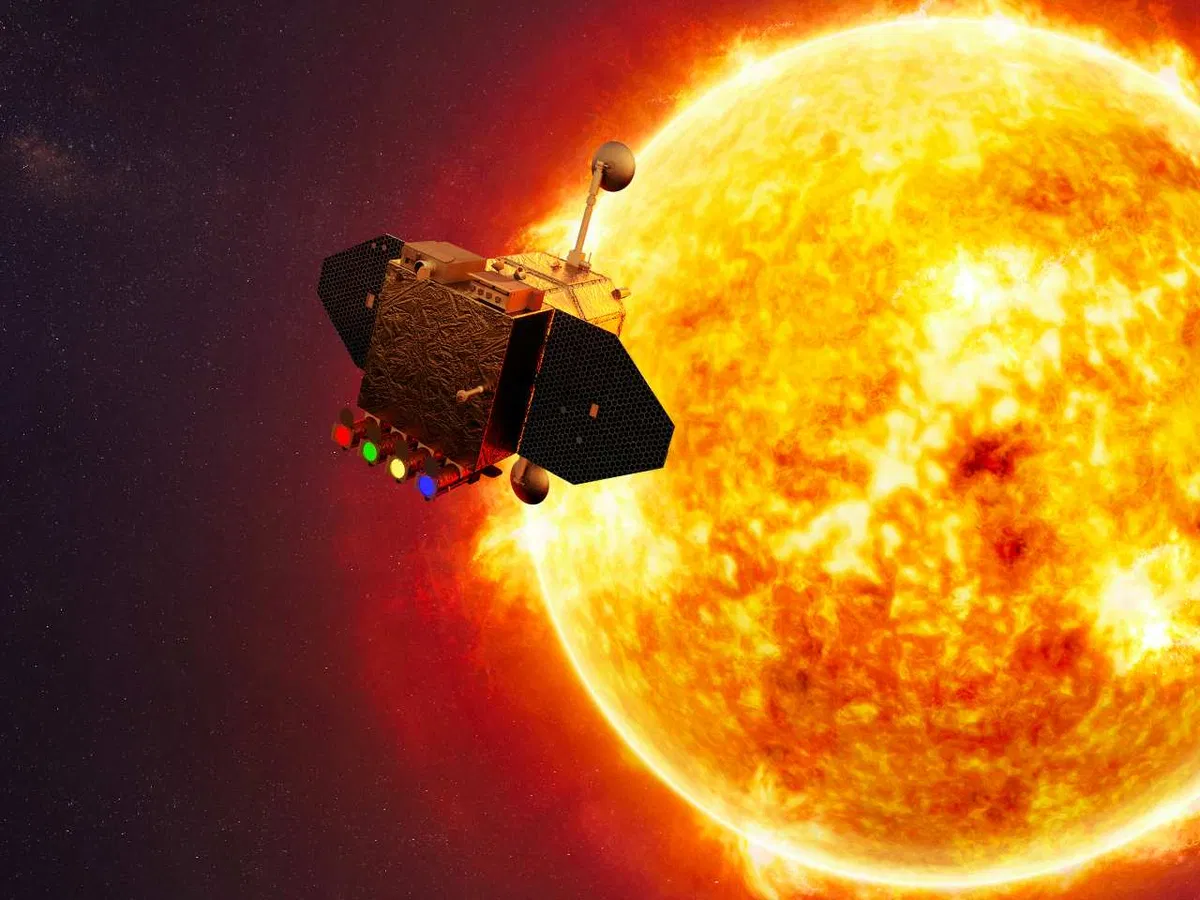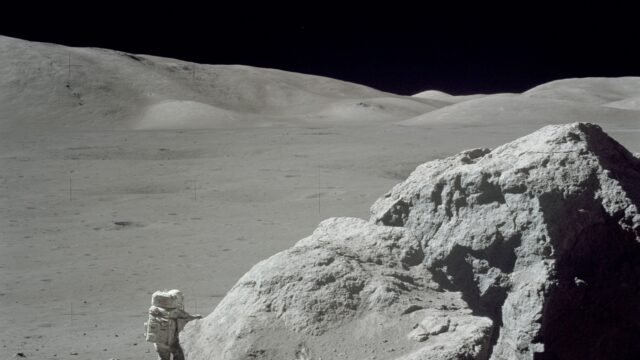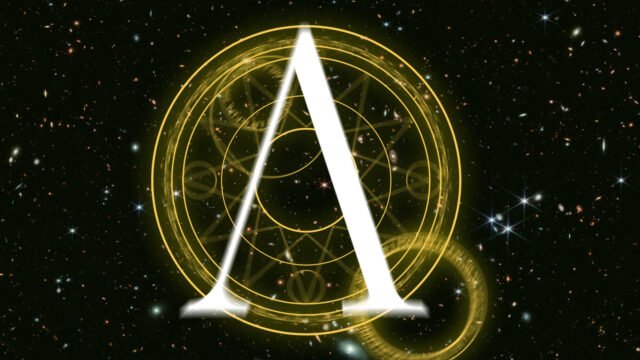ISRO has achieved another milestone with the successful launch of Aditya L1 using the PSLV-C57 launch vehicle, its pioneering solar exploration mission.
Departing from the Satish Dhawan Space Centre today 2 September 2023 at 11:50 IST, the mission promises to revolutionize our understanding of solar phenomena.
All systems were nominal during the entire launch process.
This marks India’s first focused endeavor to investigate the Sun’s outermost layer, the corona, and its magnetic behavior.
Earlier, Chandrayaan-3 made a successful soft landing on the lunar south pole, and now the successful launch of Aditya-L1 just days after is a major achievement for ISRO.
Aditya L1 is not just an orbital mission but an exploratory endeavor that aligns with global scientific pursuits to better understand the role of solar activity on the Earth’s climate and satellite functionality.
With advanced instruments like VELC and SUIT, the mission aims to decipher key mysteries surrounding solar activities, like magnetic fields and solar flares.
Aditya L1 will position itself at the L1 Lagrange point, enabling an uninterrupted view of the Sun, a first for Indian space exploration.
As the Sun is an immediate cosmic entity influencing various aspects of life on Earth, the insights from Aditya L1 could be transformative for multiple scientific disciplines, including astrophysics, climate science, and space technology.
What’s Next for Aditya-L1?
The spacecraft is fitted with groundbreaking instruments, such as the Visible Emission Line Coronagraph (VELC) and the Solar Ultraviolet Imaging Telescope (SUIT).
These are designed to measure key parameters like magnetic field variations, solar flare intensities, and characteristics of coronal mass ejections.
This will further our understanding of the Sun’s intricate processes that have far-reaching effects on our solar system.
Aditya-L1 spacecraft will now undergo complex maneuvers to position itself at the L1 Lagrange point.
This location allows for a stable gravitational relationship between the Earth and the Sun, providing an uninterrupted observational platform.
Once stationed, it will commence its mission phase, offering real-time data that will be invaluable for ongoing and future scientific research.
The mission’s successful launch places India into a league of select countries capable of solar observation and data collection at this scale.
With the successful launch of Aditya-L1 ISRO becomes the 3rd space agency to have a mission at the L1 point.
This will not only boost India’s image as a formidable player in space exploration but also offer avenues for international collaboration.
The data collected could play an essential role in preparing humanity for space weather events that can impact global communications and energy grids.





